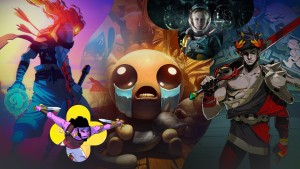Please support Game Informer. Print magazine subscriptions are less than $2 per issue
The Gender Gap
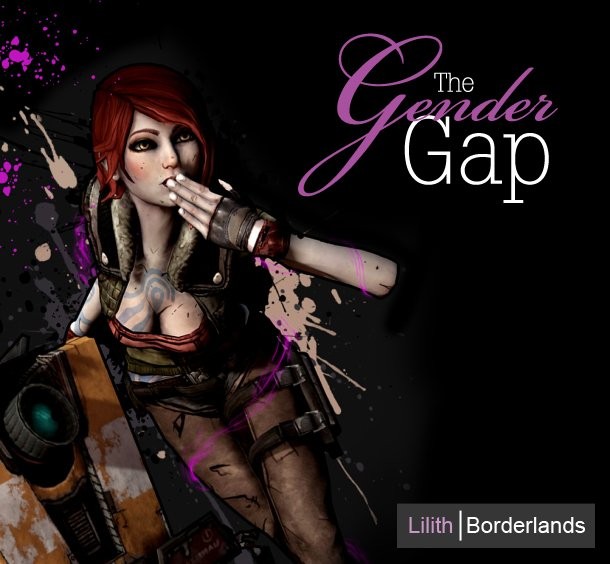
[The Gender Gap originally debuted in Issue 204 of Game Informer. Here we provide the original article with expanded developer commentary.]
Ask gamers who their favorite video game heroine is, and a few names will likely garner the majority of the vote. Samus Aran, Lara Croft, and Joanna Dark are three early icons whose rareness catapulted them to stardom and helped keep their respective franchises afloat for more than a decade. Who could forget the surprise when Metroid’s protagonist removed her helmet to reveal long locks? Players never looked at masked heroes the same again. The exploits of cyber “it-girl” of the late ‘90s, Lady Lara Croft, became a multi-million dollar brand that spawned film adaptations, a comic run, and endorsements deals for everything from energy drinks to luxury cars. With such prominent female leads appearing in the early stages of the interactive entertainment phenomenon, the video games industry seemed well on its way to creating abundant gender diversity.
But since Croft's glory days, progress has seemingly halted. Sure, recent years have given us the occasional female leads in blockbusters like Uncharted 2 and critical darlings like Beyond Good and Evil, Mirror's Edge and Bayonetta, but in general the fairer sex has been all but M.I.A. in action titles. Some games even neglect to include a female character when allowing players to choose among multiple protagonists. While some genres like role-playing and fighting games generally offer a level playing field, others seem to be treading water.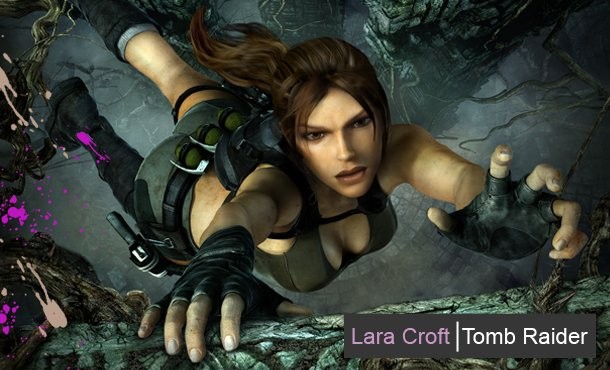
We chatted about the gender selection process with members of several prominent development studios and learned that the decision between XX and XY isn’t a frivolous one. Demographics, cultural norms, technical constraints, and more must be considered. So when narrative, setting, or historical context doesn’t dictate the gender of a character, why are females noticeably absent from the action? Read on to find out.
The Numbers Game
First and foremost, numbers matter. Perhaps the most influential factor in regards to core design decisions is player demographic. An NPD survey detailed a five percent increase in female console gamers (23 percent to 28 percent) between June 2008 and 2009. A similar Nielsen Company study showed that females 25 and older now make up the largest segment of PC gamers – holding strong at 46.2 percent. The number of female gamers is obviously growing, especially in relation to specific platforms and genres. This being said, female gamers are still the minority, even if not to the grossly overestimated degree perceived. If there is any truth to the notion that individuals identify closer to characters of their own gender, then it’s somewhat expected that we see a disproportionate ratio of males to females.
“The game industry is constantly collecting information about who is buying games, and what types of games they’re buying the most of,” explains Jennifer Wildes, art director at Gearbox Software. “If these statistics suggest that your game will sell more copies within your demographic if the majority of the player characters are big hulking males, then it’s obviously a bit risky to decide they should all be female instead.”
Wildes also points out that while modern games may not have a new female protagonist on the level of Samus or Lara Croft, progress is being made. “It’s important to note that only a few years ago, the male to female [character] ratio in these types of games was four to zero. We may be moving slowly, but we are getting there.”
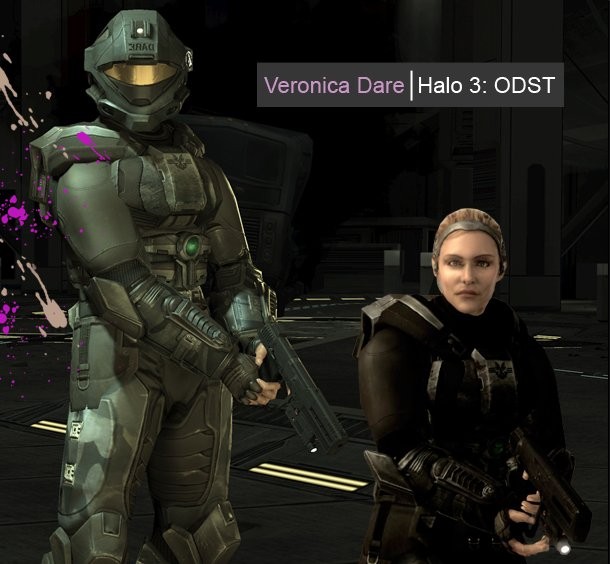
Girls With Guns
The fact is gender roles still heavily influence decisions in regards to character development. While games that draw from historical events or modern day military shooters have leeway because their goal is to reflect contemporary culture (you’re off the hook, Call of Duty), the trend bleeds heavily over the majority of other action titles. Some developers credit the lack of female Special Forces characters in games to the deficiency of press or awareness about them in the real world.
“Perhaps the perception about war and combat is that there are seldom ever women in the thick of it, even though there are many strong women who choose to serve their country on a regular basis,” muses Cliff Bleszinski, design director at Epic Games. “It’s kind of sad that the two female soldiers who received the most memorable public attention in the last 10 years are Jessica Lynch, who was known for being ‘rescued’ like a princess, and Lynndie England for her involvement in Abu Ghraib. It would be nice to call out some women who perform heroic actions and kick ass in the field once in a while. I’m sure they’re out there!”
While public perception may dictate character gender in games rooted in reality, even titles that exist in new fictions devoid of cultural constraints struggle with implementing the female gender as a protagonist. It turns out that one of our favorite leading ladies from last year, Lilith from Gearbox’s Borderlands, was almost a man.
Borderlands' four protagonists were evolving throughout the entire production process. Gearbox tweaked each of them until they felt right. “Initially all four player characters were male, and the character who eventually became the Siren started life off as a dry, pompous, genius sort named the Scientist,” recalls Wildes. The Scientist’s skill set was similar to that of Lilith’s, but the ability combined with a dry, narcissistic personality resulted in a character that no one liked. A simple gender swap was the remedy. “The character became a bit more interesting when he was changed to a female,” she explains. “What’s better than a powerful, humorless, super-genius chick? Turns out: a powerful, mostly unstable one – they’re infinitely more fun to hang out with. Who knew?”
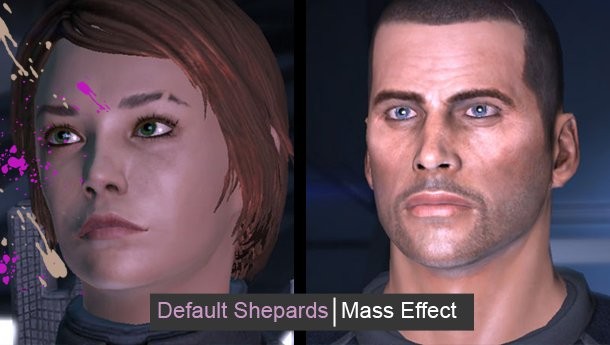
Image from Mass Effect Wiki
Some developers struggle with this notion less than others and have excelled at including women in their action-centric games. BioWare, known for their extensive character customization tools, managed to create an iconic figurehead for their Mass Effect franchise via the male Commander Shepard, all the while allowing the player to dictate character gender in game. Who says you can't have it both ways?
Halo architect Bungie has also been a leader, making a point to include female combatants in their games and expanded lore. Halo 3 multiplayer offers players a chance to choose their Spartan’s gender, (an appreciated gesture, even if the only difference is the pitch of voice) and Bungie allows gamers to unlock Veronica Dare, a female intelligence officer, to use in Halo 3: ODST’s Firefight mode. The Halo novels and other ancillary products have also been progressive at including female combatants.
“At Bungie, we’re all fans of great sci-fi war stories such as Joe Haldeman’s Forever War and Heinlein’s Starship Troopers,” says Joseph Staten, writer and creative director of Halo 3: ODST. “These stories (as well as many others in the genre) place women squarely on the front lines. It’s a simple answer, but giving women an equal share of the courage and sacrifice required to battle the Covenant just felt like the right thing to do. In the 1990s, U.S. military female aviators finally earned the right to fly combat missions; extrapolating 500 years in the future, we thought, why wouldn’t women do everything men could do on the battlefield?”
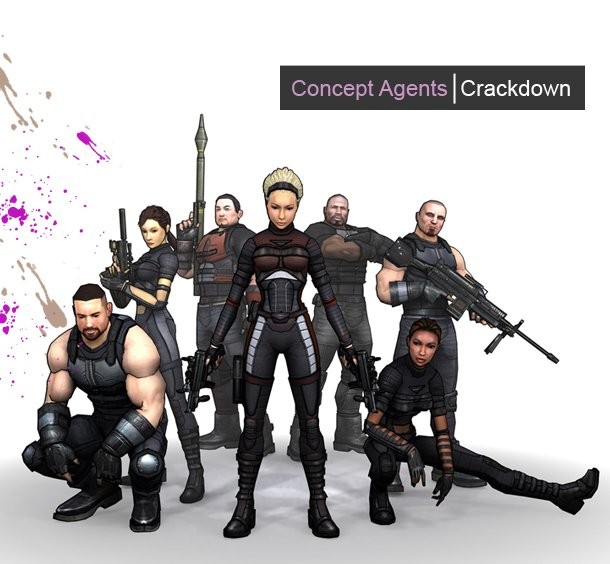
It’s…Complicated
Demographics and cultural values aside, the technical concerns of gender diversity in video games can be equally critical. While creating a female avatar isn’t any more difficult than a male counterpart, including both genders as playable characters is a monumental commitment, requiring double the render work, motion capturing, and voice acting. Close attention also needs to be paid to dialogue and ambient chatter so to avoid gender-specific references. This increased workload gives an alternative perspective on why it’s easier for developers to allow superficial tweaks to a single character rig rather than creating a new one entirely.
Crackdown is a perfect example. Augmented with cybernetics to enhance speed and strength, there is no contextual reason as to why the ethnically diverse Agents are all men. This is a fact of which Crackdown 2 lead producer James Cope and creative director Billy Thomson are well aware.
“It’s a really frustrating thing, because in concept it is so simple, you don’t expect the difference between a male and a female character would have such an impact,” begins Cope. “But it really touches almost everything that you do as part of the game. It changes the way the player interacts and the way the AI interacts and changes graphic production. It essentially doubles the cost of the whole game in many respects.”
“We did have female characters in Crackdown originally,” Cope continues. “Sadly, we had to take them out. We were met with increasing time pressures and had to get the game finished.” As producer, Cope is held responsible for getting the most bang for the company’s buck. In Crackdown’s case, splitting the animation team across two sets of playable characters wasn’t feasible. “The best decision we could come to – even though we weren’t particularly happy about it – was to take one of the player types out. At the time the male character was more complete, so he won.”
Thompson concurs that removing the female Agents was undesired, but necessary. “We risked ending up with something that was just kind of average, or instead, really focusing on one,” he says. “We had five models built, textured, and skinned for the female – and she looked really cool. But we just couldn’t do it.”
This particular design limitation appears to be a shared one amongst developers. “[Epic] also takes technical concerns into account, like our animation budget,” echoes Bleszinski, speaking about the flagship Gears of War franchise. “Characters that shoot and take cover outside of cinematic sequences share the same skeleton, which would look odd with a female body.” This underlying principle is why there are only playable male characters in the Gears games and females are limited to cinematic sequences or audio roles such as Anya Stroud.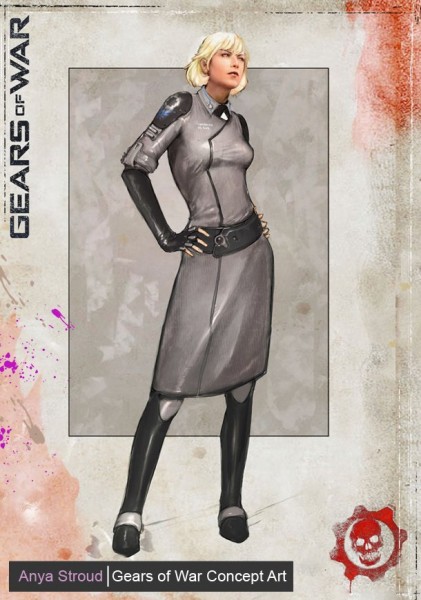
In an interesting side note, Bleszinski explains that Stroud was intentionally made female because “it's a very powerful thing for our mostly male audience to have a feminine voice on the other end of the line giving them pointers. The voice doesn't get lost in the noise and there's probably something subliminal going on for the players about an attractive woman giving objectives. Freud would be proud.”
“For us it’s less a technical issue and more a design challenge,” weighs in Staten, speaking again on the Halo franchise. “When you choose to be a female character you might have certain expectations about body shape and movement style and all of these will have an impact on the collision profile of your character. Which means in multiplayer you might be harder to hit. Halo multiplayer depends on an even play field; we work extremely hard to keep it all about skill and not the choices you make off the battlefield. In Halo 3 it was hard enough to balance for Spartans and Elites, and adding gender – at least in the models – was too much to handle given all the other challenges we tackled. But as for Reach? Well, we’ve already shown one female Spartan, Kat, and it would be a shame if players couldn’t choose to play as a female Spartan themselves…”
While Borderlands went the extra mile to create a female protagonist, Wildes affirms that it takes a lot of work. “It’s definitely harder to develop both male and female player characters. Even though Lilith would be going through the same range of motions as other player characters, we had to make a unique rig to fit her proportion and then motion capture a unique set of animations. It turns out that women are shaped differently, they move differently, and they sound different. It’s kind of a pain. In the end, though, if these aspects aren’t considered, you end up with a character that is less than you deserve, or have made tradeoffs in the development process that you may regret.”
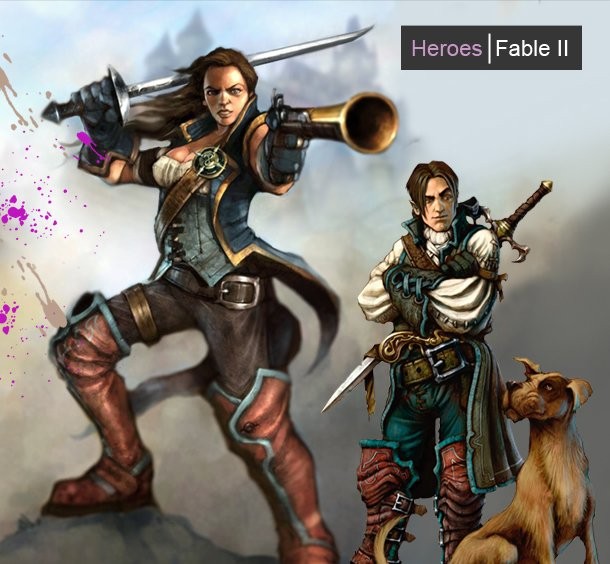
The Ugly Truth
If the stars align and a developer decides to include playable heroines, new challenges await. One of the more prominent obstacles relates to physical appearance. Let’s be honest – sex sells, and there is a stigma against less attractive female characters in games. Men, not so much. Leisure Suit Larry is “endearing,” but the same traits transposed onto a female character would be viewed as a poor marketing move. Given this institutional constraint, developers appear less willing to take risks on female characters. What if a game has an unusual art style that doesn’t lend itself to traditional beauty standards? Do they conform female characters to said art style, or eliminate the risk of poor reception by sticking to the more flexible gender?
Fable developer Lionhead Studios is a unique example in this regard, making no gameplay distinctions between genders in Fable II. Male and female heroes can dress how they want, sleep with whom they desire, and behave as they please – despite what gender norms stereotypically dictate. “Cliché as it sounds Fable games are really about choice and consequence; we absolutely did not want to put any restrictions on any player on the way they want to play,” begins Louise Murray, head of the Fable Franchise. “I think it’s great that you have an empowered female Hero who can dress as a man and sleep with women if you really want to.”
Similarly, both genders in Fable II share the same physical progression. Women bulk up just as much as the men when certain stats are maxed. How were these muscular heroines received? We ferreted out several interesting threads from various gaming forums, all trading tips on how to keep their female heroes demure – even if the tradeoff was a drastic reduction in brute strength. One contributor lamented, “She’s weak, but at least she’s sexy.” Fable staffers aren’t oblivious to this sentiment, even if they aren’t willing to cater to it entirely.
“It’s funny how much harder it was to make the female, though,” elaborates Murray. “On the one hand, we want her to be appealing. On the other hand, we don’t want to stereotype women.” Murray admits that as a woman playing Fable II she wasn’t fond of the wide shoulders and extra bulk her heroine carried – she wanted a combination of traditional beauty and brute strength. Fable figurehead Peter Molyneux echoed the sentiment himself at Microsoft’s recent X10 event, describing the leveled-up females as “looking like Russian shot-putters.”
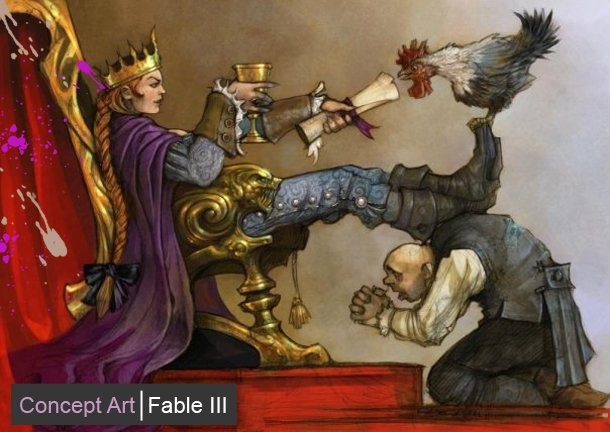
Murray admits that the mixed reception of the female Hero progression has been factored into character development in Fable III – making clear though that Lionhead would never take away the players ability to make an ugly character. Murray ended by noting that Lionhead feels the extra time and effort they dedicated to gender diversity in Fable II paid off, giving players more chances to connect with a character than before.
Crackdown devs Thomson and Cope cite the same standards as one of the speed bumps that led to female Agents being eliminated from their game. The complicated visual representation of skill level increases in female Agents caused them to lag behind male characters in the development process. “For a long time we were trying to do these mockups to capture the overall style and skill and shape of the female character across the five different levels,” explains Thomson, “And we were having real problems about how she would level up. With the male it was easy; we just increased the bulk and gave him a different suit. But when you did that with the female it didn’t work quite as well. You lost that sleek and quite desirable shape for something that was really large and cumbersome. We ended up with something that didn’t look nearly as nice at the top levels as it did at the first level.”
Epic’s Bleszinski echoes the same concerns about finding the perfect female protagonists. “The real trick for creating a female playable character is roughly the same for any playable character, which is to make them relatable so that both male and female players want to play as them. But for a female character, they have to be attractive (but not sl*tty), kick butt (but not too butch), and be smart (but not too nerdy).”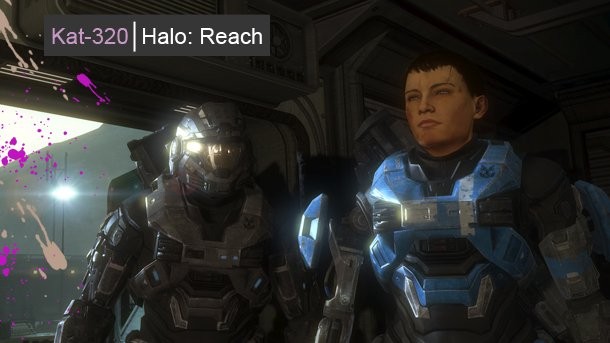
While we don’t yet know much about Halo: Reach’s female Spartan Kat, Bungie is trying hard to avoid getting ensnared in the expectations of what a female action star should look like. The brief glimpse we’ve got of her without a helmet shows a believable, battle-hardened veteran. “Kat-320 is definitely not ‘just one of the guys,’ nor is she a flimsy female stereotype showing a bare midriff through her armor,” says Joe Tung, executive producer of Halo: Reach. “She’s a tactically brilliant Spartan III Lieutenant Commander. We wanted to build a strong female character who is just as tough as the men in Noble. You only have to look as far as her arm to know she has seen her share of combat and hardships. She’s a battle-tested, tactically brilliant Spartan III Lieutenant Commander, and has conceived some of the smartest and boldest plans Noble team has ever undertaken. She’s also probably the only member of Noble Team that Carter trusts implicitly.”
Independent developer Valve also deserves accolades for their effort in this regard, taking risks in creating believable and non-exploitive female characters such as Half-Life's Alyx Vance, Left 4 Dead's Zoey and Portal's Chell. We recently spent some time chatting with Valve about Portal protagonist Chell's redesign for the upcoming sequel. Looking through concept art, it becomes obvious that the team is more interested in making a believable lead than caving to societal standards.
“This is not supposed to look like a sexy Marvel superhero suit,” said Matt Charlesworth, a concept artist at Valve. “It’s supposed to look like it was designed without any thought of making her look attractive. We don't want to make her be unattractive, but we want to balance that out. Chell is a test subject, so she should look like one.”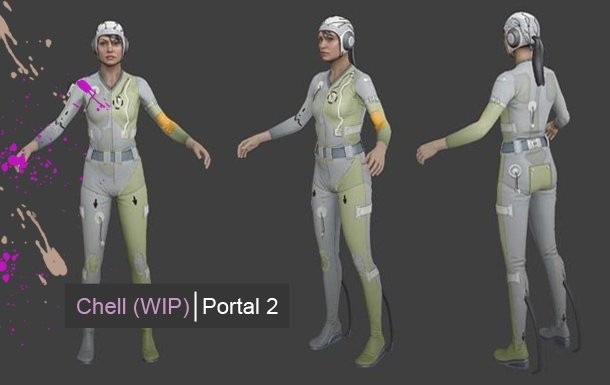
Is the practicality appreciated? We'd like to think so, but it's not always clear-cut. Portal fans appear polarized by Chell's work-in-progress redesign, weighing in on various forums across the net. Some find her new look fresh and perfectly utilitarian. Others are already requesting swimsuit DLC post-launch.
Another recent divisive female lead is Faith Connors from DICE's Mirror's Edge. We gave the developer props for creating a strong-willed and intelligent character whose build and attire are perfectly appropriate for her profession. Still, some fans don't appreciate her diminutive assets as much as others, as evidenced by an unofficial redesign that caught the attention of the DICE developers themselves. The redesign saddened the team; upset that some fans would rather Faith looked like a “12-year-old with a boob job” than a sharp-witted athlete.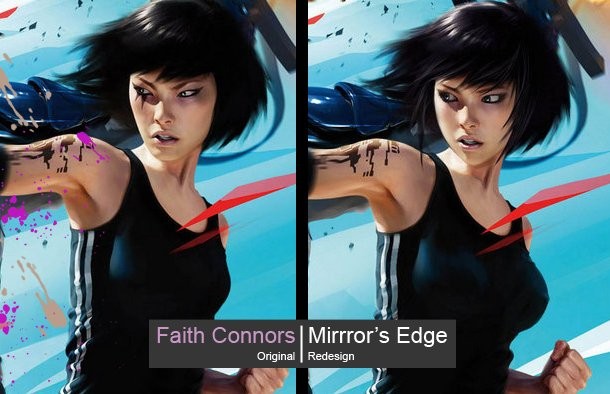
Risks and Rewards
With light shed on the inner workings of the gender selection process, it’s easier to understand that committing to character diversity doesn’t come easy. However, that knowledge doesn’t entirely sate our desire to see more female characters in games – playable or otherwise. With the gamer demographic diversifying and committed developers willing to take more risks, there is no time like the present. Till the practice becomes standard, our simple request remains: More, please.
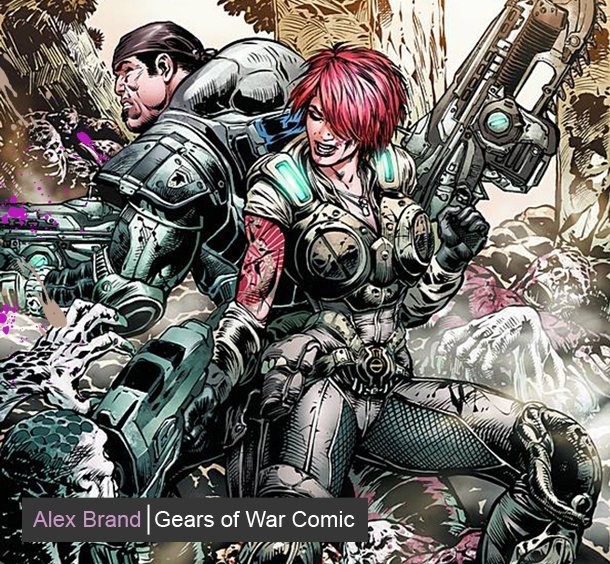
Bonus: Growing Gears
Epic Games design director Cliff Bleszinski offered several reasons why female Gears are missing in action when it comes to interactive avenues, but that hasn’t stopped ancillary media products from crafting lore to bridge narrative gaps.
“We don’t want to bog down our summer blockbuster pace trying to explain everything that is going on in the world,” says Bleszinski when asked about how females fit into the Gears of War universe. “We want the player to hit the ground running in a Gears game and to feel like he’s on a nonstop fun thrill ride.”
Through two Gears novels and an ongoing comic run, it’s revealed that women fought as fiercely as men on the frontlines of the Pendulum Wars. Emergence Day and the subsequent Hammer Strike forced humanity back into somewhat primitive roles, however. Individuals who aligned with the fragmented Coalition of Ordered Governments were promised some semblance of security – at a cost. Able-bodied men became Gears and fertile women were tasked with producing new ones.
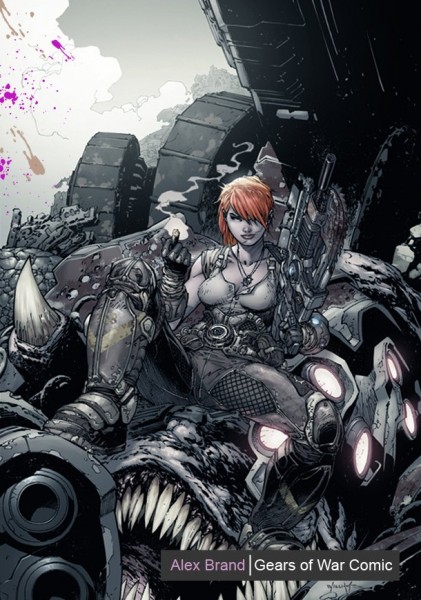
“It was all men now, near enough,” reads a passage from Aspho Fields, the Gears novel by Karen Traviss. “The Pendulum War days of women in uniform were largely over. As Hoffman left, a girl in a sober blue business suit stood at a filing cabinet with her back to him. When she closed the drawer and turned, he could see she was several months pregnant. That was a priority job now; not just replacing engine parts and weapon components, but replacing humans.”
Neither station in life – an expendable asset or a reproductive one – sounds particularly appealing. But it makes for an intriguing story and something we’d love to see migrate into the interactive branch of the franchise.
Change may be on the horizon. In the most recent run of Gears comics, Epic and WildStorm introduced Alex Brand, a tough and believable female Gear with a surprisingly practical hairdo and impressive scar. Turned away from the breeding farms after being identified as infertile, Alex has helped to set a precedent for female Gears in the modern Gears of War timeline. Here’s to hoping that she makes an appearance in the inevitable franchise follow-up. Remaining coy when asked directly, Bleszinski seems to share our opinion, “You’ll have to wait and see. It could be really amazing to see a girl crush a Locust head with her boot...”

